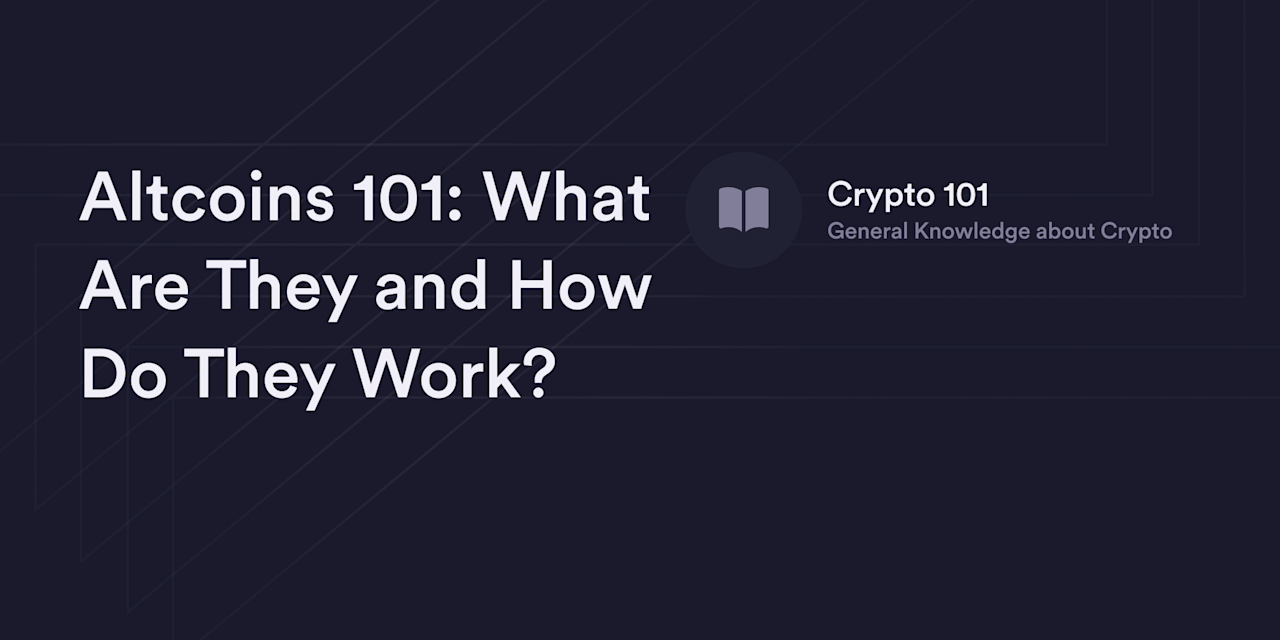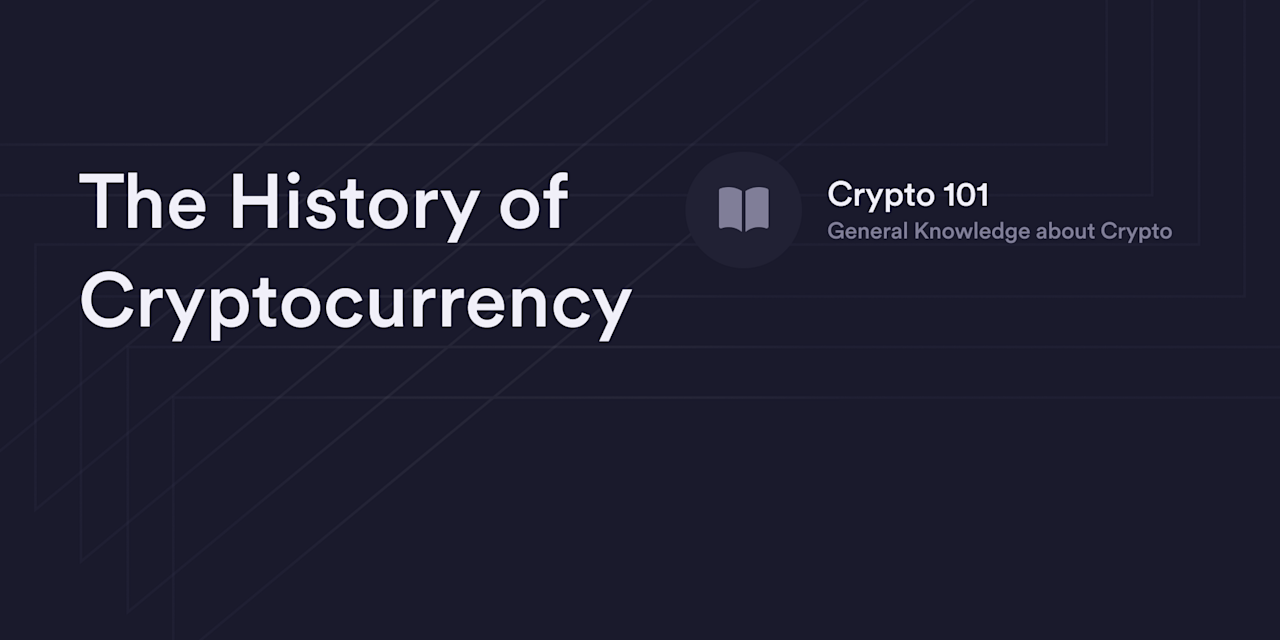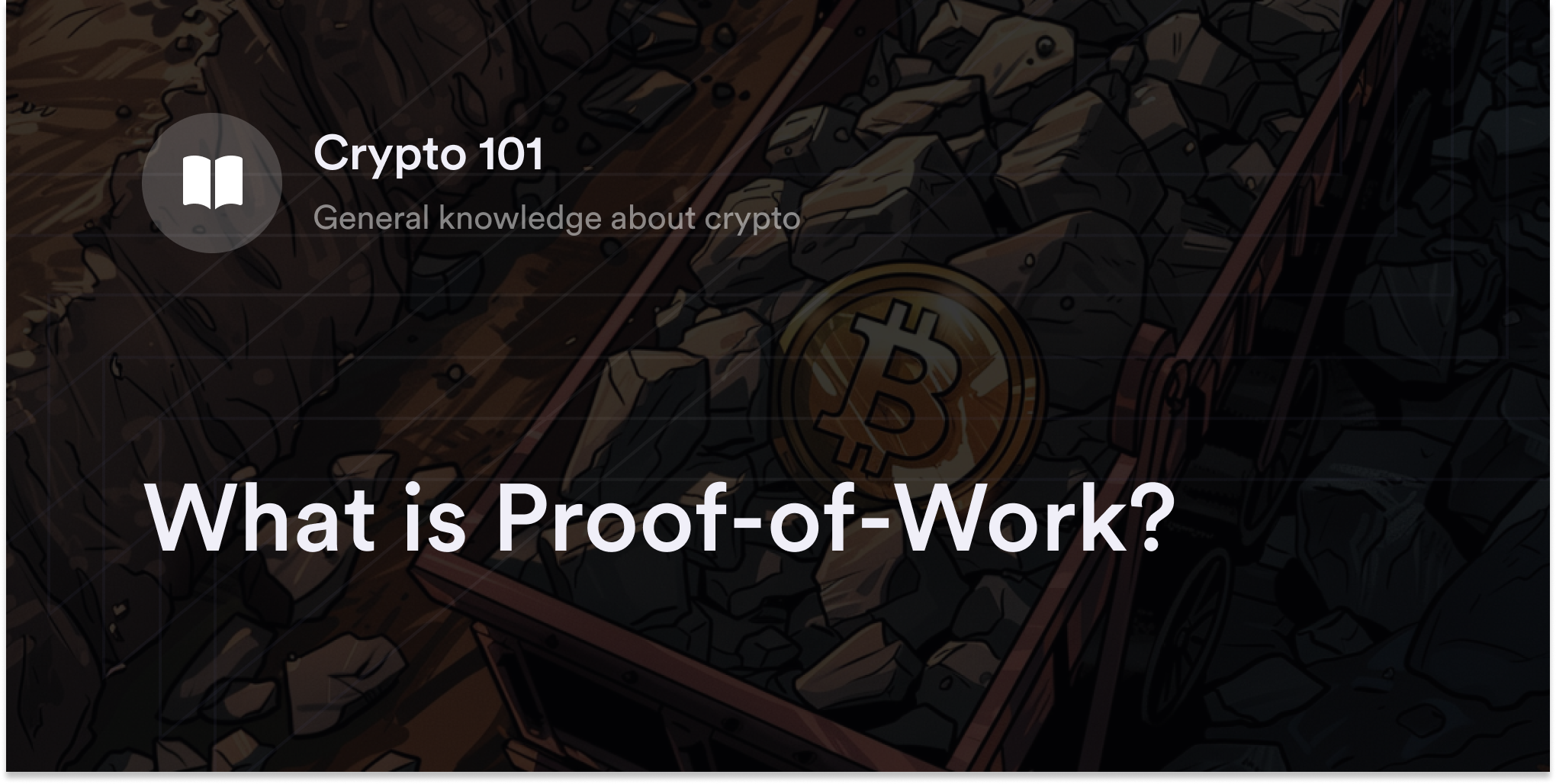


Blockchain technology is the backbone of cryptocurrency, enabling computers to broadcast, verify, and publish accurate transactions without centralized intermediaries. Although all cryptocurrencies depend on blockchain systems for secure and efficient operations, each crypto project puts a unique spin on achieving peer-to-peer (P2P) consensus.
Delegated proof-of-stake (DPoS) is one of the latest blockchain frameworks, causing a stir in crypto circles. For DPoS proponents, this innovative model solves many of the scalability and security limitations of prior blockchain algorithms without sacrificing decentralization.
Despite its novelty, DPoS is already serving as the foundation for some cryptocurrencies, and more blockchain developers are actively exploring this protocol. Let’s explore how DPoS differs from other algorithms and how it's shaking up crypto consensus.
Proof-of-stake explained: A primer on PoS consensus
Before delving into DPoS, defining the foundational proof-of-stake (PoS) design is essential.
Introduced in 2012 as an alternative to Bitcoin's (BTC) energy-intensive proof-of-work (PoW) model (aka crypto mining), PoS is a software protocol used by computers on decentralized blockchain networks to reach agreements and record crypto transfer data. On a proof-of-stake blockchain, computers (or nodes) lock the network's native cryptocurrency on the blockchain to take part in the transaction validation process. A PoS algorithm usually chooses a different validator node every few seconds or minutes to broadcast and post the latest crypto transaction block.
Generally, the more crypto a node stakes on the blockchain, the greater odds they have of confirming transactions. Once a validator posts accurate transaction data on the distributed payment ledger, the PoS algorithm sends cryptocurrency rewards to the node's account. Because the PoS model relies on validators staking crypto collateral to validate transactions rather than using massive mining machines to solve math problems, it's often viewed as a more sustainable and scalable system compared to the PoW consensus.
What is delegated proof-of-stake, and how does it work?
Computer scientist Daniel Larimer introduced DPoS in the early 2010s as an alternative to the classic PoS model. In 2015, DPoS became popular in the crypto community with the launch of Larimer's BitShares protocol, the first blockchain network using the DPoS model.
Although DPoS shares most of the core elements of traditional PoS, it introduces decentralized governance to its validation procedures. In a DPoS system, anyone who holds the network's native cryptocurrency has the right to elect delegate nodes to confirm each transaction block. Also known as witnesses or block producers, this select group of DPoS delegates verify crypto transfers, publish transactions, and secure the blockchain network. When delegates receive crypto rewards for posting new transaction data, they distribute a portion of these earnings to the users who voted for them proportional to each staker's contribution. This voting process happens before someone posts a new transaction batch on the payment ledger, giving token holders a chance to constantly adjust the blockchain's pool of witnesses.
Delegated versus non-delegated proof-of-stake: What's the difference?
The feature that separates DPoS from classic PoS is the delegate voting procedure before each transaction batch.
On a non-delegated PoS blockchain, anyone who holds the minimum required cryptocurrency to become a validator can join the network and start confirming crypto transfers. For example, in Ethereum's proof-of-stake protocol, validators must stake 32 Ether coins (ETH) and run the blockchain's software on their computers. There's no limit to the number of validators on classic PoS blockchains, and there isn't a select group of elected witnesses who take care of crypto payment processing.
The DPoS model, on the other hand, limits the number of validators per transaction to small groups of delegates. Although token holders who vote on DPoS networks are technically in control of the blockchain, they don't directly participate in transaction validation unless chosen as delegates.
Benefits and drawbacks of delegated proof-of-stake
DPoS proponents argue the limited number of delegates in validator pools streamlines transaction verification, boosting network speed and scalability. However, some critics worry that DPoS blockchains introduce novel security threats and an increased risk of centralization.
DPoS pros
Improved network efficiency: Since DPoS blockchains have a limited number of delegates taking care of transaction confirmations, it takes less time to achieve consensus than large PoS chains. The small pool of delegates helps reduce network congestion and potential bottlenecks, often enhancing transfer speeds and lowering average network fees.
Better scalability efforts: The fast speeds and low costs make DPoS blockchains better equipped to handle high network congestion and excessive transaction volumes. These features make DPoS blockchains attractive options for blockchain developers most concerned about the scalability of their decentralized tokens or applications.
Democratic governance protocols: Transparent voting procedures are integral to DPoS blockchains and allow everyone holding the chain's cryptocurrency to influence network operations. This governance feature gives the community a direct role in shaping the network's future, making it one of the most democratic, accessible, and responsive blockchain models.
DPoS cons
Centralization concerns: DPoS system critics argue the limited number of delegates heightens the risk of a centralized network takeover. People using DPoS blockchains must trust the security and integrity of a few dozen or hundred validators rather than a blockchain with thousands of nodes.
Potential for vote manipulation: Although DPoS systems try to eliminate centralization threats with constant voting, questions about how these blockchains ensure the legitimacy of each round of elections exist. Ideally, voters always choose validators with a track record of competency, but delegates can use manipulative tactics like special offers to sway the community in their favor.
Vulnerable point of attack: On top of the potential for election corruption, the centralized concentration of delegates exposes DPoS networks to a greater threat of exploits from external bad actors. Since the power of DPoS systems is in the hands of a few delegates, hackers don't have to compromise as many nodes to break into a DPoS blockchain and alter transaction data.
Examples of delegated proof-of-stake blockchains
While DPoS blockchains aren't as common as classic PoS chains like Ethereum, Cardano (ADA), or Cosmos (ATOM), a few major blockchains use this protocol. Plus, even if blockchains aren't fully incorporated with DPoS, more Web3 developers are studying this algorithm's democratic process to add governance protocols to their projects.
Here are a few examples:
EOS (EOS): With a $4.1 billion initial coin offering (ICO) sale over 2017–2018, EOS is one of the most publicized DPoS blockchains with smart contract functionality. Like Ethereum, EOS welcomes third-party developers to build decentralized applications (dApps) using its blockchain platform and offers low average transaction fees and fast throughput with its small concentration of 21 EOS delegates.
TRON (TRX): Launched in 2017 by entrepreneur Justin Sun, TRON primarily focuses on creating a decentralized platform for online content creators. In TRON's system, people holding TRX tokens vote for 27 delegates called Super Representatives (SRs) to take care of confirming and posting transactions on the TRON payment ledger.
Lisk (LSK): Lisk helps third-party developers write and deploy dApps. To make Web3 more accessible, Lisk offers users a software development kit (SDK) that works with JavaScript code rather than blockchain-specific languages like Ethereum's Solidity. Anyone with LSK tokens is free to vote for delegates, and the Lisk blockchain has 101 active delegates and two stand-by witnesses.
Learn more blockchain basics on dYdX Academy
dYdX doesn't believe learning about crypto requires a PhD in IT. On dYdX Academy, we break down the latest Web3 concepts and blockchain technologies in dozens of clear, easy-to-grasp guides ideal for BTC beginners.
dYdX also makes it simple for eligible traders to open their first crypto perpetuals trade on our industry-leading decentralized exchange. Follow our official blog for the latest details on dYdX's derivatives platform, and eligible traders can start trading on dYdX today.
Disclosures
The content of this article (the “Article”) is provided for general informational purposes only. Reference to any specific strategy, technique, product, service, or entity does not constitute an endorsement or recommendation by dYdX Trading Inc., or any affiliate, agent, or representative thereof (“dYdX”). Use of strategies, techniques, products or services referenced in this Article may involve material risks, including the risk of financial losses arising from the volatility, operational loss, or nonconsensual liquidation of digital assets. The content of this Article does not constitute, and should not be considered, construed, or relied upon as, financial advice, legal advice, tax advice, investment advice, or advice of any other nature; and the content of this Article is not an offer, solicitation or call to action to make any investment, or purchase any crypto asset, of any kind. dYdX makes no representation, assurance or guarantee as to the accuracy, completeness, timeliness, suitability, or validity of any information in this Article or any third-party website that may be linked to it. You are solely responsible for conducting independent research, performing due diligence, and/or seeking advice from a professional advisor prior to taking any financial, tax, legal, or investment action.
You may only use the dYdX Services in compliance with the dYdX Terms of Use available here, including the geographic restrictions therein.
Any applicable sponsorship in connection with this Article will be disclosed, and any reference to a sponsor in this Article is for disclosure purposes, or informational in nature, and in any event is not a call to action to make an investment, acquire a service or product, or purchase crypto assets. This Article does not offer the purchase or sale of any financial instruments or related services.
By accessing this Article and taking any action in connection with the information contained in this Article, you agree that dYdX is not responsible, directly or indirectly, for any errors, omissions, or delays related to this Article, or any damage, injury, or loss incurred in connection with use of or reliance on the content of this Article, including any specific strategy, technique, product, service, or entity that may be referenced in the Article.







